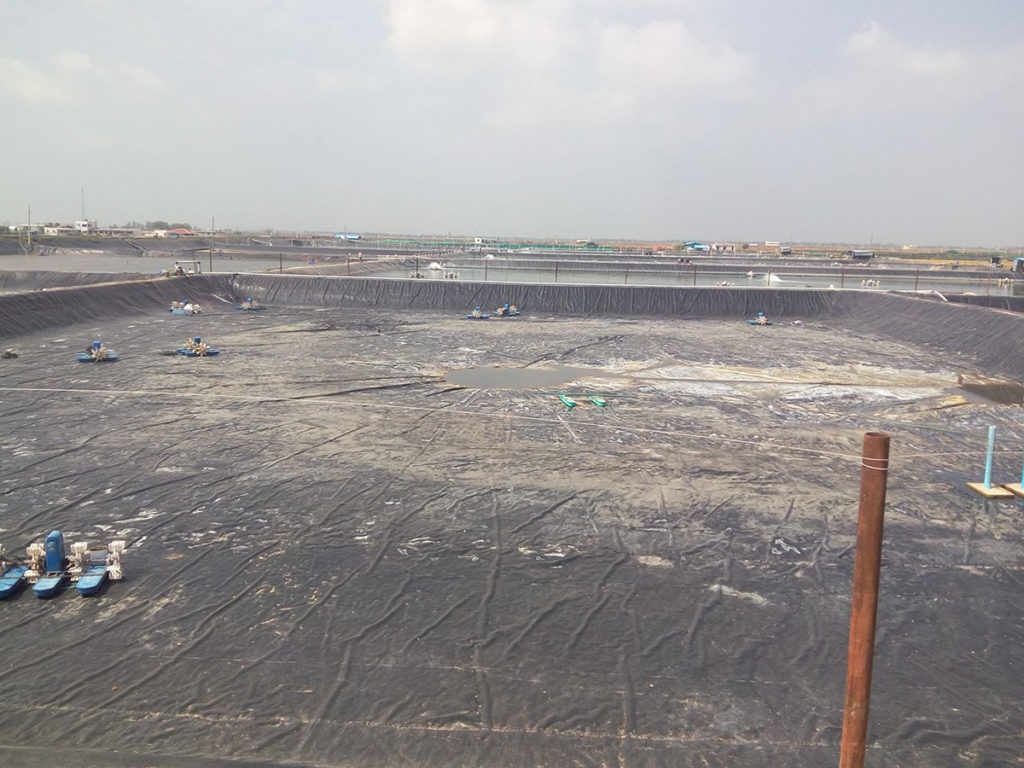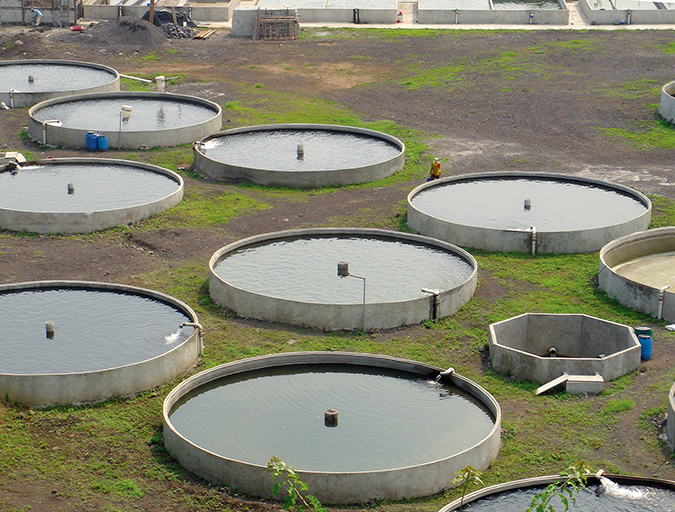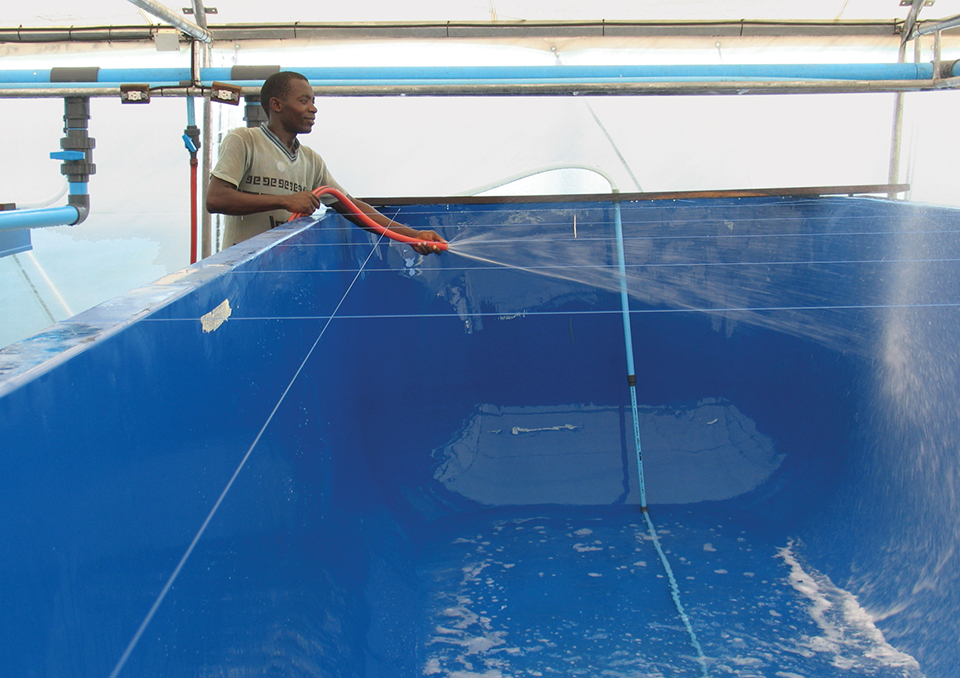Aquaculture and the environment: An introduction
I am pleased to have been invited to write a regular column for the new GAA magazine, and I hope to provide some useful information on aquacultural production in each issue. In this respect, environmental issues are very important to the future of aquaculture, and GAA was formed largely in response to criticisms of negative environment impacts from shrimp farming and other types of aquaculture. Thus, it seems appropriate for the first column to be about aquaculture and the environment.
Aquaculture is important to world food production. The harvest of fish and other aquatic organisms from natural waters apparently has reached its upper limit, but the demand for fishery products is still growing. The difference between catch fisheries production and the demand must be supplied by aquaculture, or there will be a shortage of fisheries products and a sharp rise in their price.
Aquaculture has responded to this challenge, and it has increased world production of many species and represents about 20 percent of world fisheries production. However, the aquaculture industry’s image and future may be greatly diminished unless it deals effectively with environmental issues and concerns that have recently arisen.
The aquaculture industry should formulate an environmental agenda with the following objectives:
- Assess production systems to identify the major environmental impacts
- Develop and implement better environmental management procedures
- Foster public relations programs to explain the methods of aquaculture, the importance of aquaculture to society, and aquaculture’s dedication to the environment
- Become more active in the political arena-the environmentalists are very involved politically
- Get involved with environmental management agencies in order to influence the nature of future regulations – the environmentalists certainly are
- Provide better environmental education for producers.
I have limited knowledge and experience in public relations, political lobbying, managing associations, or extension programs, so I will limit my discussion to technical issues.
Technical issues
The negative impacts of aquaculture, and especially those of shrimp farming, have been outlined many times in the past. The most important concerns are mangrove and other wetland alteration by aquaculture projects, water pollution, wasteful use of fishmeal, uncontrolled use of antibiotics, drugs and other chemicals, excessive water use, salinization of freshwater, changes in land use patterns, introduction of exotic species, and social conflicts. These negative impacts usually result from poor planning or bad management, and they are not routine consequences of aquaculture. Nevertheless, these bad examples have tarnished the image of the entire industry and threaten to cause even more damage. A positive and proactive approach is the logical means of countering the bad publicity and protecting the image of aquaculture.
Codes of practice
Better management practices should be adopted to reduce the possible adverse impacts of aquaculture and to demonstrate the industry’s commitment to environmental stewardship. The GAA publication, “Codes of Practice for Responsible Shrimp Farming” provides a practical approach to improving environmental management in aquaculture. These codes provide techniques known as best management practices (BMPs) for use in shrimp farming. BMPs are considered the best practical means of reducing environmental impacts through implementation of practices compatible with water quality or resource management goals. BMPs form the basis for environmental management in many types of agriculture in the United States and other nations.
Country-specific codes
GAA intends for their general publication on codes of practice to serve as a guideline for others to use in developing country-specific or farmspecific codes of practice for shrimp farming. These more specific codes of practice also should contain greater detail about how to implement BMPs. The adoption of the better practices will be voluntary at first. A self-evaluation program will be initiated to demonstrate progress in adoption and implementation of better practices.
Several countries already are developing codes of practices and the GAA effort on better practices is serving as a model for these country-level codes of practice. Additional information on good management practices for shrimp aquaculture was presented by C. E. Boyd and Maria Haws at the Symposio 5 Centroamericano de Aquacultura held 18-20 August 1999 in San Pedro Sula Honduras. We start ed with the GAA model and provided greater details about good management practices specifically for Latin American conditions and shrimp culture methods. A document containing the good management practices was published in the symposium proceedings. This document and the GAA “Codes of Practice for Responsible Shrimp Farming” provide most of the information necessary to make country- specific codes of practice for voluntary adoption by shrimp farmers. By early next year, several countries probably will have adopted codes of practice for shrimp farming. I suspect that other types of aquaculture also will rapidly follow the lead of the shrimp industry and prepare codes of practice.
Benefits
The benefits of adopting better practices include the following:
- Reduce negative environmental impacts
- Provide a means to interact positively with environmental agencies
- Improve the efficiency of aquaculture
- Extend better production methodology to farmers
- Increase prospects for sustainability
- Serve as part of future environmental regulations
- Provide a marketing advantage because some consumers want an environmentally friendly product.
The environmental community will probably criticize industry codes of practice because they originated within the aquaculture industry and are voluntary. The criticisms should not deter us, for codes of practice provide the industry a proactive means of dealing with environmental issues that can influence governmental and public perception in a positive way. In the future, these practices could possibly be certified by third party inspectors, become the centerpiece of a certification program, or even take the place of traditional environmental regulations. I believe that the GAA program to encourage preparation and adoption of codes of practice is a very positive and useful approach. Hopefully, it will abate much of the negative attitude that exists in some circles regarding shrimp and fish farming.
(Editor’s Note: This article was originally published in the August/October 1999 print edition of the Global Aquaculture Advocate.)
Now that you've reached the end of the article ...
… please consider supporting GSA’s mission to advance responsible seafood practices through education, advocacy and third-party assurances. The Advocate aims to document the evolution of responsible seafood practices and share the expansive knowledge of our vast network of contributors.
By becoming a Global Seafood Alliance member, you’re ensuring that all of the pre-competitive work we do through member benefits, resources and events can continue. Individual membership costs just $50 a year.
Not a GSA member? Join us.
Author
-

Dr. Claude E. Boyd
Professor,Department of Fisheries and Allied Aquacultures
International Center for Aquaculture and Aquatic Environments
Auburn University, AL 36849-5419 USA[117,100,101,46,110,114,117,98,117,97,64,49,101,99,100,121,111,98]
Tagged With
Related Posts

Innovation & Investment
After half a century, Auburn’s Claude Boyd to ‘retire’
Friends, colleagues and former students of longtime Auburn University Professor Claude E. Boyd, Ph.D., don’t expect the Mississippi native to slow down, despite the quiet announcement of his retirement earlier this month. The 50-year veteran researcher’s career has been truly extraordinary.

Responsibility
Appraising pond liners for shrimp culture
The use of plastic-lined ponds by shrimp farmers can significantly improve production efficiency, support more production cycles per year, and higher mechanical aeration rates and stocking densities. The capital cost of lining ponds can be very significant, so a thorough feasibility analysis is recommended when considering this production tool.

Responsibility
Calcium and magnesium use in aquaculture
Aquatic plants and animals get the essential nutrients calcium and magnesium from water and food. Calcium concentrations impact the hydration and development of eggs in a hatchery, where calcium carbonate precipitation can be troublesome.

Responsibility
Chlorine an effective disinfectant in aquaculture
Ponds should be fertilized a few days after chlorine application to encourage the regrowth of natural food organisms before introducing postlarvae.

